All plants, whether crops used in food or clothing production or trees can suffer from diseases. Plants are eukaryotes and have some remarkable similarities to animals in terms of how they can respond to microbes. Since microbes are everywhere, plants are colonised on their leaves, roots and internal tissues by different communities. Most of them are perfectly harmless and in fact, some help the plants to grow and are termed ‘plant growth promoters’, but a few cause serious disease.
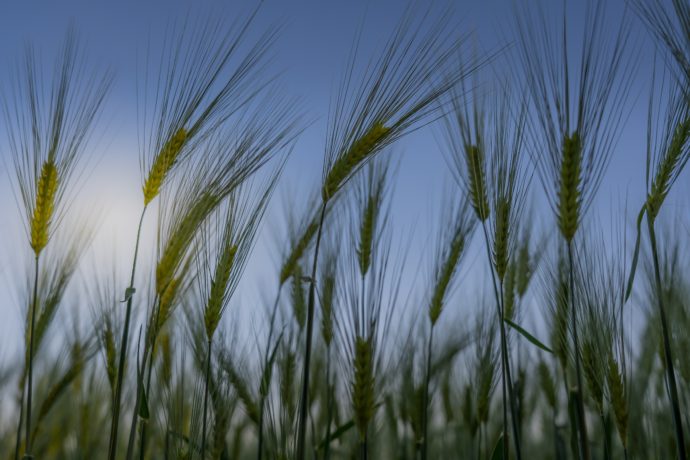
Disease happens when the immune response that the plants activated isn’t sufficient for them to protect themselves. Well known examples are fungi or fungal-like pathogens, like Ash tree die-back fungi or potato blight, which is caused by the oomycete Phytophthora infestans. They produce enzymes to degrade plant tissue and gain access to nutrients at the expense of the plant. Bacteria can also cause disease on plants, resulting in rotten tissue. When it occurs in foodstuffs like potato or vegetable crops, it means that they can’t be sold and have to be destroyed. This doesn’t cause direct harm to humans, but costs the farmers a lot of money and time.
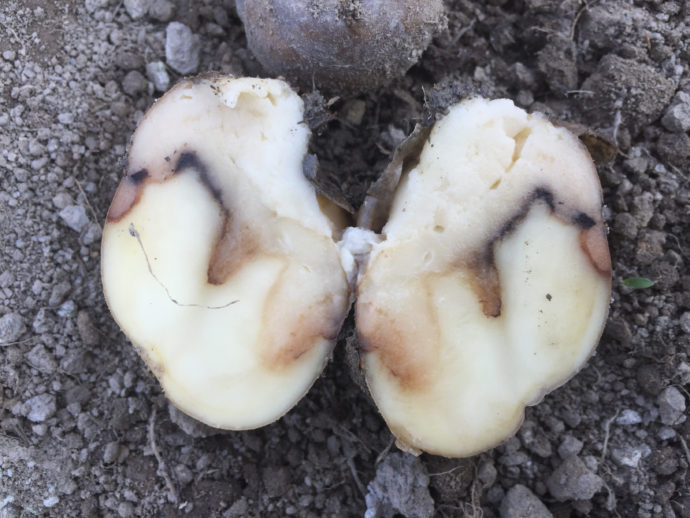
In Scotland, potatoes can be infected with bacteria that are related to some foodborne pathogens (like Salmonella), but they cause disease on potatoes. A group termed soft rot erwiniae (mostly Pectobacterium species) damage the tissue by producing enzymes that break down the cell wall, so that they can get better access to the nutrients inside the cell. They are often found in the soil, and can grow on a wide number of crops without causing any visible disease, so it is hard to know when they are present in a field that is used for potato production. They only cause disease, characteristic blackened rotten tissue on stems (called blackleg) or in tubers, when a high enough number of bacteria have grown.
Other bacterial diseases are less common in Scotland. However, we are seeing emerging threats, such as Xyella fastidiosa, that is steadily moving north from introduction into Southern Europe a few years ago. This pathogen is transmitted by insects that feed on plant tissue, inadvertently introducing the bacteria into the sap. From there, the bacteria can grow and completely cut off water and nutrient supply to the plants, causing them to die. Similarly a bacterial pathogen with the common name of Zebra chip (Candidatus Liberibacter solanacearum) is also transmitted by insects, onto plants in the solanaceous family, like potatoes, tomatoes and peppers. Luckily, the incidence of these diseases in Scotland is still very low, but we have specialists that are the constant look-out for any outbreaks, so that they can be controlled.
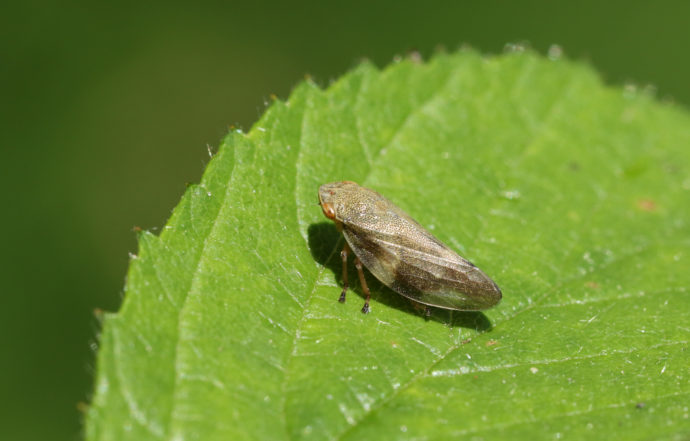
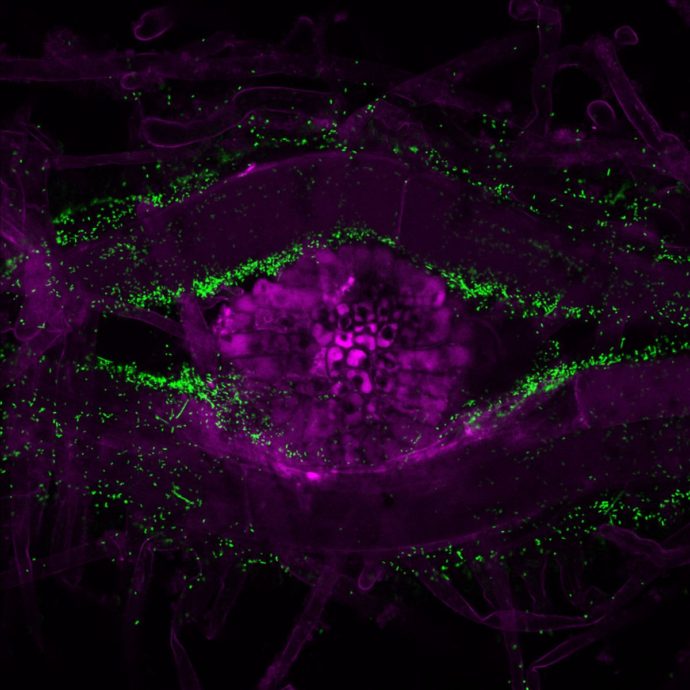
Foodborne disease
On very rare occasions, human pathogens like Shiga toxin-producing Escherichia coli (STEC) or Salmonella can be associated with vegetables like salad leaves or fruits. This causes foodborne illness because the foodstuffs are eaten raw, and the microbes normally killed by cooking can continue to survive. Although thankfully rare, these outbreaks catch the headlines because they are unusual. The pathogens get onto crops mainly from water used to irrigate them. Since its impossible to completely sterilise all water used to irrigate crops, vegetable farmers stick to a strict hygiene regime for growing and harvesting the crops.
Read also
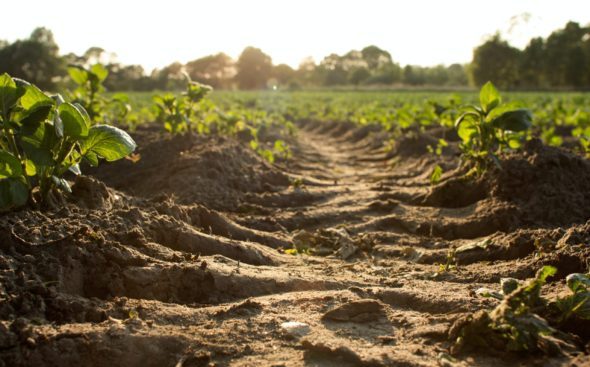
Food production
Soil and compost
Soil provides support for plants, and therefore, all of the food we eat. There are more microbes in a teaspoon of soil than the number of people on earth.
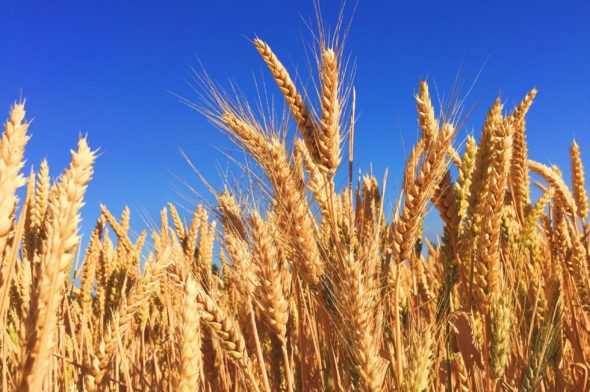
Foodborne pathogens
Natural toxins from microbes
Microbes can also cause health problems through the production of toxins, known as natural toxins.